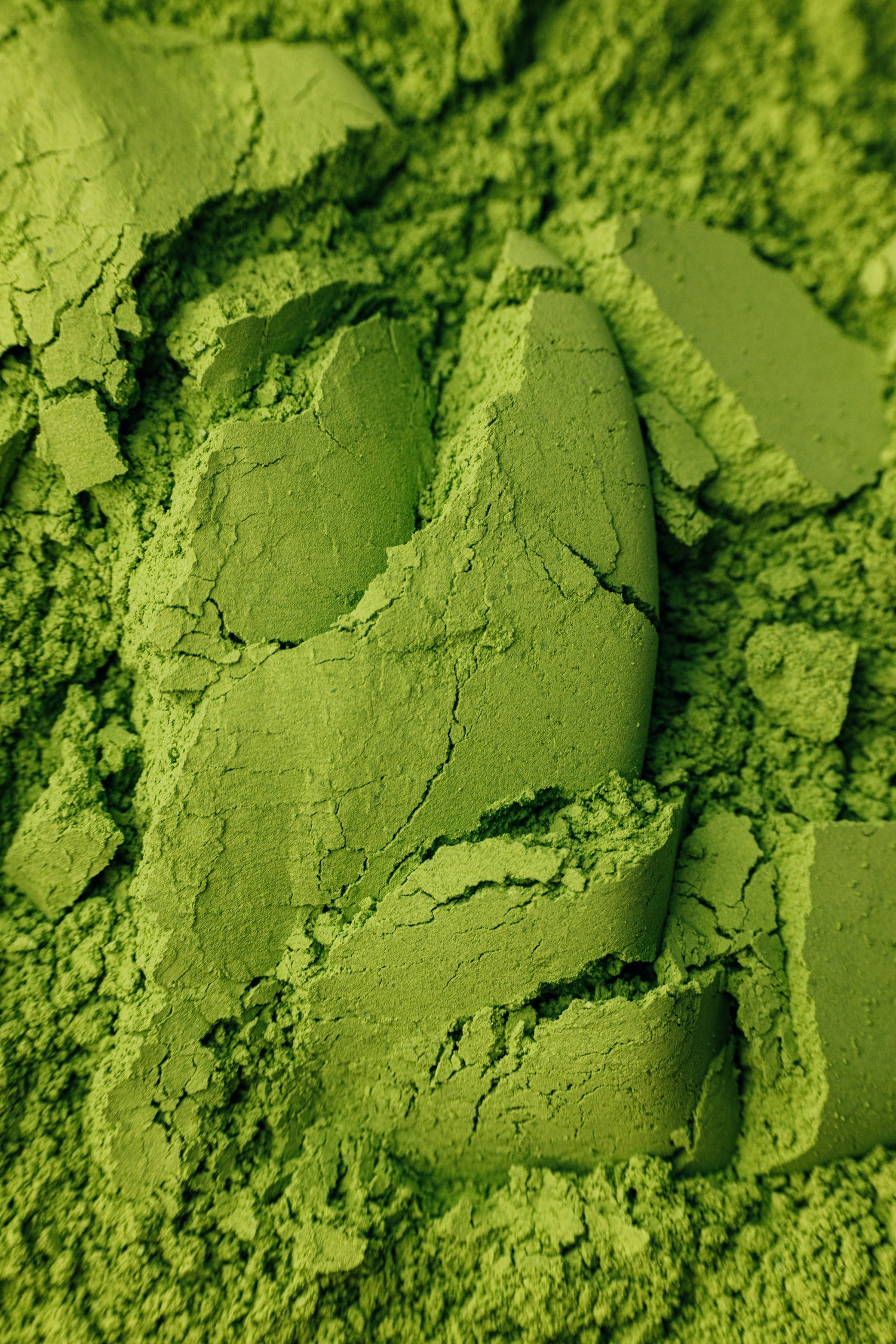Matcha is not always the same. The differences are mostly due to the cultivation and harvesting. Our tea farm is a traditional company that has been in the family business for several generations and has been producing organic Matcha for several decades.
The growing area for Matcha Tea is one of the best and at the same time oldest tea growing areas in Japan: the Uji region, west of Osaka. The region is known for its clean water and nutrient-rich soil, free from pesticides. The perfect climate can be found on-site: the fog from the Uji and Kizu rivers keeps the tea plants moist and reduces the risk of frost damage. The tea farmers traditionally protect the plants from the sun with reeds and bamboo sticks. How exactly the production of our Matcha Tea works, we have broken down for you in individual steps:
Oishitaen : Tea Cultivation in the Shade
Around April, shortly after new shoots appear on the bushes, the fields are covered almost completely to protect the plants from the sunlight. In Uji, reeds have been spread over bamboo sticks for centuries already. Today only a few farmers use this traditional method. The shade allows the tea to store and multiply the nutrients. Shrubs that are not exposed to the sunlight produce more chlorophyl. Also very important is l-theanine, the amino acid responsible for the umami flavor in tea. Due to the cultivation in the shade, the gentle taste is preserved.
Chatsumi : Tea Harvest
The first harvest of green Matcha Tea starts at the end of april and ends at the end of may. After the leaves are picked, new ones appear at their place and are harvested in late june and early july. The third harvest of the year takes place in august. With each harvest, the tea is less strong and has less color and flavor. The leaves within a harvest also vary in quality - only the tip of the stem with the two smallest leaves is picked for the Premium Quality Tea.
Mushi: Evaporation and Drying
After harvesting, the tea leaves are immediately steamed to prevent oxidation and fermentation. This process ensures that the tea retains its bright green colour, fresh aroma and valuable nutrients. After the steam bath, the tea is dried with gentle blasts of air. The leaves shrink to about a sixth of their previous volume.
Senbetsu: Separation of Stems and Leaves
The dried tea leaves are sorted by size, weight and colour. Then their stems and veins are separated. The clean leaves are cut into smaller pieces and finally dried for a while. Lastly, the tea undergoes a final inspection and all unnecessary parts are removed. The end result are small, dark green and perfectly cleaned leaves. This tea is called Tencha and is the raw material from which Matcha is made.
Funsai: Grinding the Leaves into Powder
To make Matcha, the leaves of the Tencha are grinded in rotary mills. Two special shaped granite stones rotate and slowly grind the tea into a powder. This process takes time and precision. Thanks to its powdery texture, it perfectly dissolves in water, but is not soluble like cocoa powder, for example.
Kensa: Final Step
The last step is a detailed examination of the produced tea. The nutrient levels are measured and possible contamination is tested. The Health Bar Matcha is also certified by the independent Japanese organization JONA, which issues a special JAS certificate. This certification confirms that our is organically, pesticide-free cultivated and has not been exposed to external pollutants, such as air pollutants. The Japanese JAS certificate is awarded in Europe by an independent body, Agro Bio Test, which not only additionally controls the tests carried out in Japan, but also the way the tea is stored. In addition, annual laboratory tests focusing on the heavy metal pollution and radiation exposure are executed in order to be able to deliver the best possible quality.
Fukurozume: Hermetic Packaging
Once it's confirmed that the Matcha meets all the strict requirements, it is put in sealed packaging. Matcha Tea is sensitive to external conditions. At home, after opening, it should be kept in the refrigerator in a closed container that does not let light through. Matcha stored in an open container will quickly lose its color, flavor and nutritional value.


